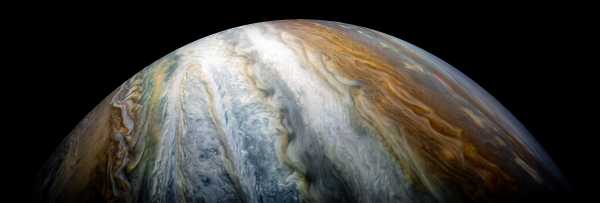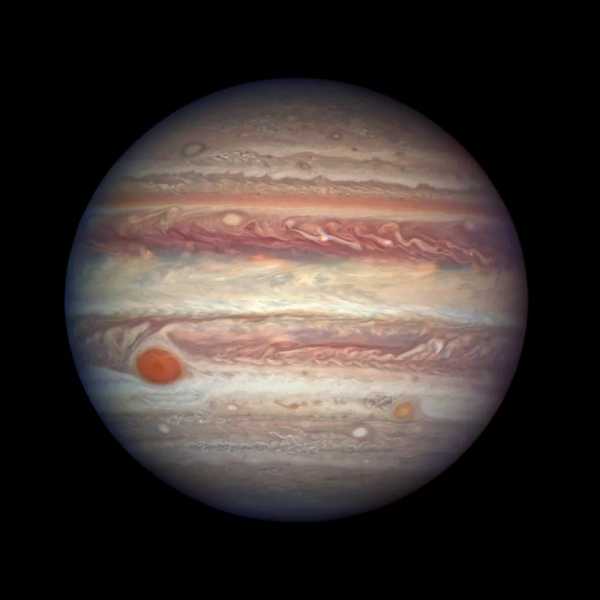
Monday, June 10, will be the best night of the year to gaze at Jupiter, the largest planet in the solar system. That’s because the gas giant will be directly opposite the sun. Basically, opposition means Jupiter, the Earth, and the Sun will be aligned.
It’s special because when celestial objects are directly opposite the sun, they appear brighter in the sky. And because Jupiter will be near its closest distance to the Earth this year, it will appear slightly bigger. Jupiter reaches opposition once every 13 months — so you won’t want to miss this opportunity to see it and its four brightest moons.
Related
The awesome beauty of Jupiter captured by Juno, in 13 photos
Jupiter is like a solar system in miniature
With its 79(!) moons, Jupiter is kind of like a mini solar system. The planet is made up of the same basic ingredients as the sun — mainly hydrogen and helium — but doesn’t have enough mass to ignite and become a star. One explanation for why it has so many moons is that its gravity is super strong, allowing it to easily pick up space objects into its orbit.
Currently, the NASA spacecraft Juno is orbiting Jupiter and making the most careful study of the planet to date. The hope is that a close-up investigation of its surface can reveal some history of the origin of our solar system. It could also further our knowledge of the ceaseless violent storms that pock its atmosphere. One question: Why is Jupiter’s famous Great Red Spot — which is so large it could engulf the entire Earth — mysteriously shrinking?
On April of last year, NASA took advantage of the brightening conditions as Jupiter was approaching opposition and snapped this photo of the gas giant with the Hubble Space Telescope. This photo renders Jupiter in all its iridescent taupe, marbled glory.

Juno has been getting an even closer look as its orbit takes it very close to Jupiter’s poles.
How to watch Jupiter at opposition
While you won’t get such stunning detail in your own observations, there’s still a chance to marvel at the planet.
You should be able to observe Jupiter and its four brightest moons — Io, Europa, Callisto, and Ganymede (you can see these on many clear nights) — with a pair of binoculars. And with a telescope, you could be able to see a few of the individual cloud belts on Jupiter, and perhaps even the Great Red Spot.
During opposition, Jupiter will rise at dusk in the southeastern sky (northeastern if you’re in the Southern Hemisphere), and will stay in the sky until dawn. I suggest using a smartphone app, like Sky Guide, to find and track it for yourself.
Sourse: vox.com






